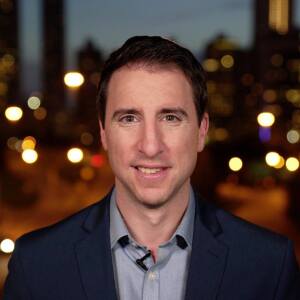FARGO, N.D. — In the final years of their daughter’s life, Tim and Dawn Bowman spent many weekends on Interstate 94, driving four hours each way from St. Paul, Minnesota to Fargo, North Dakota.
That’s what it took to see Rachel.
“For the severe eating disorder portion of it," said Tim Bowman, "there really is nothing out there - I mean, in our region anyway."
When Rachel was nearing her teens, her parents noticed she was eating less and less. To this day, they can’t fully explain why. But within months, she would travel for treatment for anorexia nervosa.
“It really takes a toll and then it doesn’t stop," said her dad. "It takes, and it takes, and it takes."
The latest reports estimate nearly one in 10 Americans will experience an eating disorder.
Mortality rates for those with anorexia nervosa are nearly six times higher than for those without. And when disorders become severe, options for treatment often require long drives or flights.
Dr. Stephen Wonderlich is the vice president of research for Sanford Health in Fargo. It holds the only major eating disorder treatment facility for hundreds of miles.
“There’s more and more treatment available, but sometimes they can’t take severe cases, or sometimes they might not take somebody who has public insurance like Medicaid or Medicare,” Wonderlich said.
The Bowmans sought help for Rachel near St. Paul. When she needed higher care, they flew her first to a center in Arizona, then one in Colorado. Only in the final stretch of an 18-year fight did they find Sanford, a four-hour drive down I-94.
“It was just the care that they gave Rachel, and the hope, and the fight," said Dawn. "That’s why Rachel fought too, you know, because they were in her corner."
Research and investment in eating disorders are strikingly low compared to other diseases.
Recent years have brought signs of change. Since the start of the COVID-19 pandemic, emergency room visits for eating disorders have doubled.
Colorado and Kentucky are among the states whose legislatures have passed measures to address an issue that goes far beyond the disease.
“That’s the whole deal," said Dawn. "You have to call, and unfortunately, maybe be on this waiting list and this waiting list … and, you know, see if insurance covers it. We took a second mortgage out on the house. But I’d take a third and fourth and fifth, whatever it would take for that care.”
Rachel fought for more than half her life before passing in her parents’ company at the age of 30.
Today in the Bowman house, photo albums on Tim and Dawn’s table display a journey filled with smiles. Those smiles were forged through valleys, often in those final years in Fargo.




